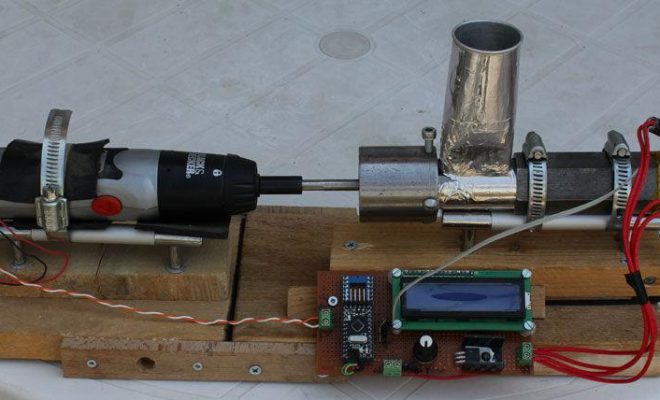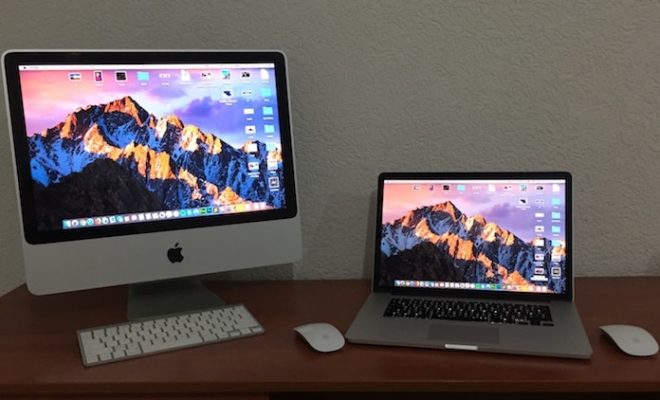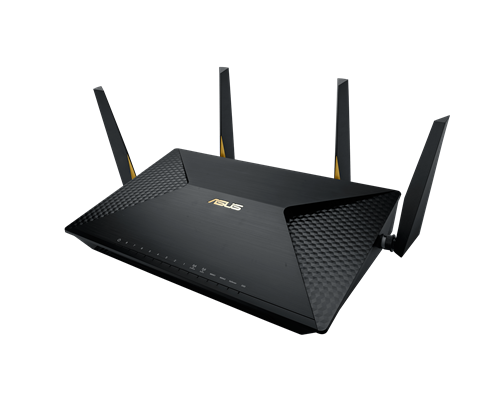How to Make DIY Filament for Your 3D Printer

If you’re a 3D printing enthusiast, you know how expensive filament can be. That’s why it’s a great idea to learn how to make your own filament. In this article, we’ll walk you through the process of making DIY filament for your 3D printer.
Materials Needed
Before we get started, here are the materials you’ll need:
1. Plastic pellets (ABS or PLA)
2. Filament extruder
3. Filament spool
4. Digital scale
5. Calipers
6. Safety equipment (gloves, goggles)
Step-by-Step Guide
Prepare the Plastic Pellets
The first step is to prepare the plastic pellets. You can purchase ABS or PLA pellets online or at a local plastics supplier. Once you have your pellets, you’ll need to dry them in an oven at 170°F for 4-6 hours. This will remove any moisture that may be present.
Measure the Pellets
After drying the pellets, you’ll need to measure them using a digital scale. ABS and PLA pellets have different densities, so you’ll need to adjust the measurements accordingly. For ABS, you’ll need to measure out 100 grams of pellets, while for PLA, you’ll need to measure out 80 grams.
Load the Extruder
Next, load the pellets into the filament extruder. Make sure to follow the manufacturer’s instructions for your specific extruder. Once the pellets are loaded, turn on the extruder and wait for it to reach the appropriate temperature.
Extrude the Filament
Once the extruder has reached the appropriate temperature, it’s time to extrude the filament. Use the calipers to measure the diameter of the filament as it comes out of the extruder. The diameter should be consistent throughout the entire length of the filament. If it’s not, adjust the extruder settings until the diameter is consistent.
Spool the Filament
After extruding the filament, it’s time to spool it. Use the filament spool to wind the filament onto a spool. Make sure to wind it tightly and evenly to prevent any knots or tangles.
Test the Filament
Finally, test the filament by using it in your 3D printer. Make sure to adjust your printer settings accordingly for the new filament. If everything looks good, you’re ready to start printing!
Conclusion
Making your own filament can be a fun and cost-effective way to keep your 3D printing hobby going. Just make sure to follow the steps carefully and use the proper safety equipment to avoid any injuries. Good luck and happy printing!






